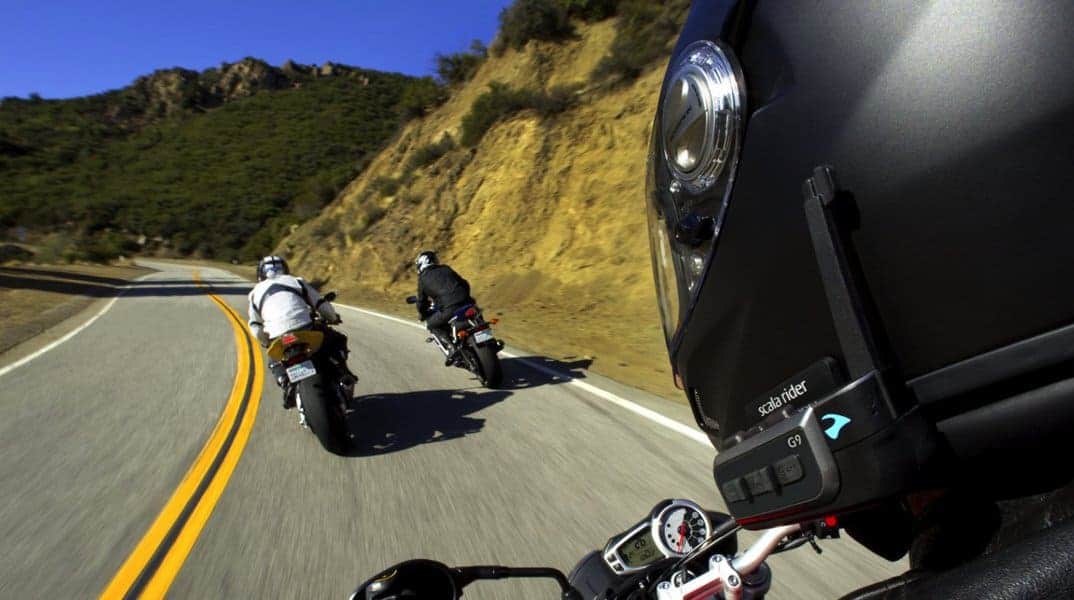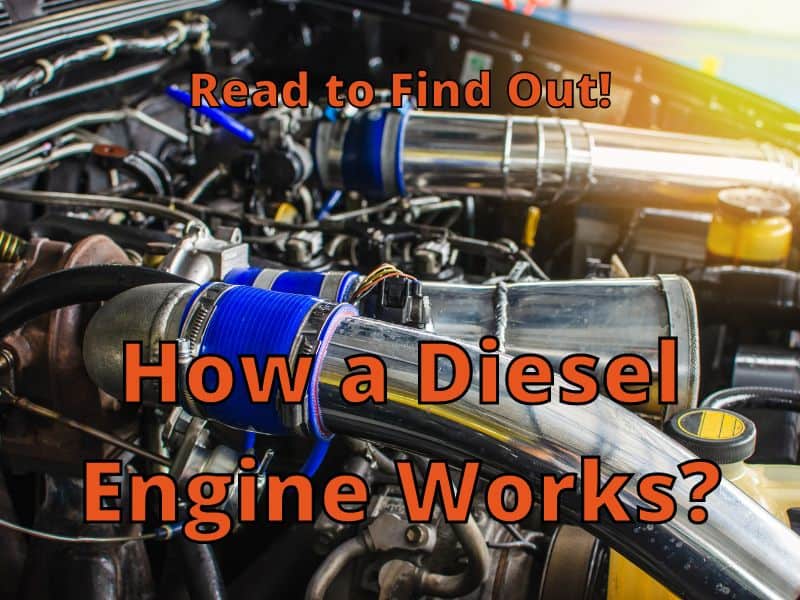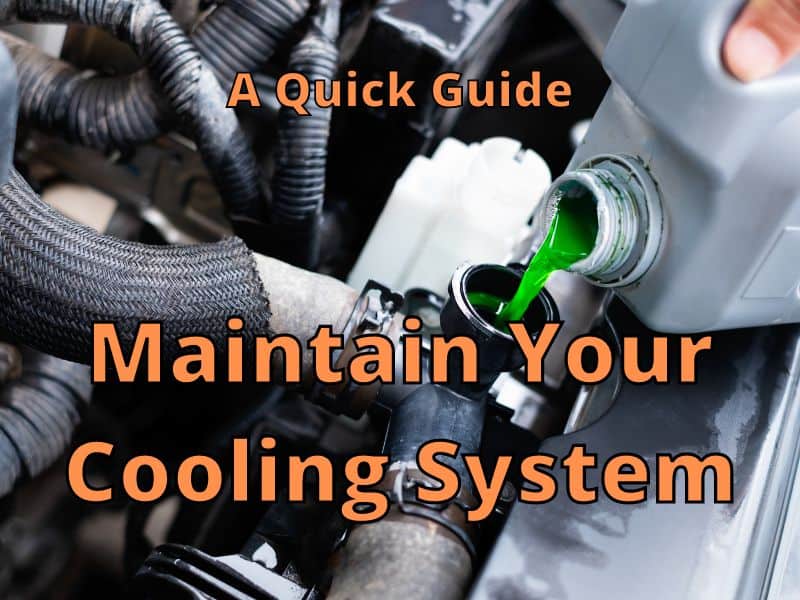Camping is one of the most popular outdoor activities in the U.S., U.K., and Australia. Due to its popularity, more and more people are turning to RVs – or recreational vehicles – for their ultimate camping experience.
If you have been considering purchasing your own RV from a service provider, such as Avida RV Motorhomes, you may have some questions. Here are a few important things to consider before buying an RV:
- What Type of RV Suits Your Needs?
- Maintenance Requirements.
- Towing Requirements.
- Miles Per Gallon/Gas Efficiency.
The fact is, there are quite a few things to consider before making this investment. Use the information here to ensure you purchase the RV that best meets your needs.
What Type of RV Suits Your Needs?
One of the first things you will realize when you begin shopping for an RV is that there are all types out there. As a result, it’s a good idea to get to know the different types and what each has to offer.

- Class A Motorhomes: These are essentially rolling estates with all the amenities you could imagine. Ideal for long-distance travel and a large family.
- Class B Motorhomes: Commonly referred to as camper vans, these provide many features like the Class As but are smaller and easier to maneuver.
- Class C Motorhomes: A mix between the Class A and B motorhomes, these are easy to drive and range from 20 to 40 feet usually. They are much more affordable than Class A options with many features.
- Travel Trailers: Sturdy and lightweight, these are easily towed by standard trucks, some minivans, and even SUVs. These usually range from 12 to 33 feet.
- Fifth-Wheel Trailer: This has gotten its name from the hitch pin attached to the trailer that then attaches to the back of a heavy-duty pickup truck.
- Pop-Up Trailer: This is at the opposite end of the spectrum from the Class A motorhome and is much smaller and extremely lightweight. You can find these at prices as low as $$$$.
As you can see, there are several different types of RVs and motorhomes for you to choose from. Each one has its own perks, so you need to figure out what’s right for your family.
Maintenance Requirements
A general rule of thumb for you to follow is that the larger the RV you purchase, the more that may go wrong. Unless you are a great mechanic, all this maintenance can get quite expensive. Be sure to consider this when searching for an RV to buy.
Towing Requirements

Are you planning to purchase a fifth wheel? Or another RV that has to be towed? If so, you need to ensure your vehicle is equipped to handle the size and weight of the RV you choose.
The same is true if you plan to tow your vehicle behind the RV you purchase. Make sure the RV can handle the additional weight. This means you are going to have to find out specifics about your vehicle before you make a purchase.
Miles Per Gallon/Gas Efficiency
The exception to this rule is the pop-up trailer; however, the majority of RVs are considered “gas guzzlers.” If you are purchasing anything bigger than the pop-up trailer, you can expect to get gas mileage ranging between eight and 20 miles per gallon. Be sure to keep this in mind when making a purchase. There are also things you can do to increase efficiency – so be sure you know what these things are.
As you can see, there are quite a few things you need to keep in mind when choosing what RV you wish to purchase. Being informed and making sure you consider all the factors here will help ensure you get the one that best meets your needs and budget.















